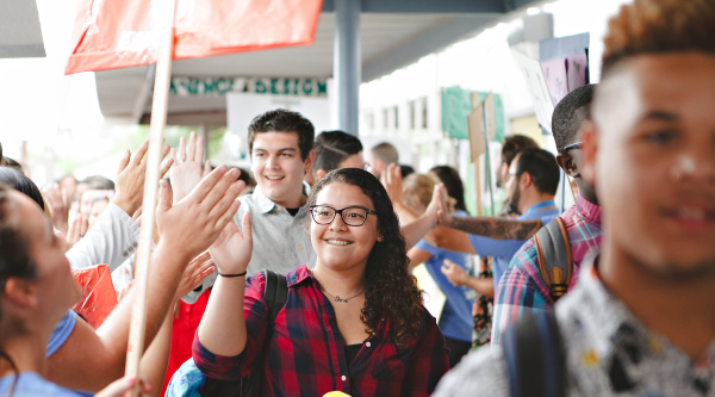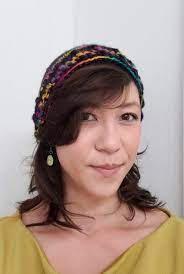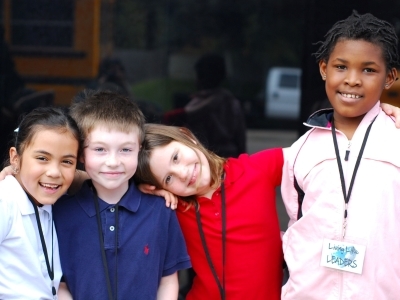In This Evolution of Learning, Focusing on Student Strengths is #SelfCare
Topics

When educators design and create new schools, and live next gen learning themselves, they take the lead in growing next gen learning across the nation. Other educators don’t simply follow and adopt; next gen learning depends on personal and community agency—the will to own the change, fueled by the desire to learn from and with others. Networks and policy play important roles in enabling grassroots approaches to change.
Teachers’ daily work to learn from students and reshape our understanding of what learning looks like and what teaching feels like is a form of self-care.
Mom arrived early, so the two of us waited together as her student finished an exam. It was the end of a long day and this parent—who teaches high school English by day and university writing by night—shared that she was exhausted. I know this mom as a colleague—we had worked together a decade earlier to develop a then-new model for asynchronous online collaboration, and her contributions have been central in several academic publications. She is one of the best teachers.
So when I asked how her year was going and she responded with a defeated reply, I was concerned. She shared what was weighing on her mind, body, and heart and diminishing her identity as a teacher: a student had submitted an AI-generated paper. The weight of the offense was sitting hard on her chest, she was taking it personally. More than the cheating, she was dismayed that the student did not seem to have the desire—or, more devastatingly, she worried that perhaps she had failed to teach the skill—to "sit with his ideas." She wondered whether as a society we are losing the skill of generating our own ideas, sitting with a blank page, and allowing our sparks of insight to bubble up and spill out onto the page.
I made some feeble attempts to help. Could she have the student critique the AI-generated content or use ChatGPT to generate ideas?* But that wasn’t the point. From her vantage point, this child, who could not or would not execute a fundamental skill that English teachers work to cultivate, was a huge banner showcasing her failure as a teacher.
I have been thinking about this moment for weeks. What is happening? I spend my days working with teachers to develop innovative approaches to learning, and yet this story is not unique. Every day, teachers share that they feel defeated and more-than-stressed, that the students can’t, the students won’t. And I don’t buy the narrative that teachers are negative or power hungry or any of that nonsense.
I wonder if we are experiencing a kind of evolution in learning. Maybe rather than try to outrun our technology, convince students to learn and act as we did or cleverly curb technology-assisted behaviors (as I tried to do above), perhaps our work and our focus should be to identify the new ways and types of thinking our technology affords us. Maybe we should learn from our students how to think and learn and act in innovative ways instead of making them conform to us.
Back in 1995, Edwin Hutchins, a professor emeritus in cognitive ethnography, distributed and embodied cognition, human-computer interaction, and multimodal interaction at UC San Diego, wrote about the way a pilot uses cockpit tools to relieve cognitive load so they can focus on the more complex maneuvers of flying a plane. We use calculators to perform simpler mathematics, which opens opportunities for more nuanced mathematical thinking. And the worriers were right—we may not practice the underlying logic to solve complex problems the way we did with a slide rule, but we can think differently and solve more complex problems in nuanced ways. We can see the world through new lenses because we have offloaded those cognitive tasks to our tools.
Perhaps our work is becoming less about teaching content and more about teaching the skills necessary for interacting in a networked world.
Our profession has trained us to train our students to think and learn as we did, which positions us to fail because we are looking for evidence of learning that is bound by traditional brick-and-mortar conceptions of knowing and learning. But the brick-and-mortar setting is really not where our students are primarily learning today. They are online, engaging in virtual information sharing for formal (i.e., school) and informal (i.e., social) purposes. They use amazingly powerful tools to connect to the world, build relationships, and shape their understandings.
So let’s position ourselves for success. Rather than look for how to “fix” students’ behaviors around the newest (and honestly, pretty cool) technology, let’s find out why they are using those tools in that way in our classes. Is that how they use those tools in all settings? My Mom says that if we operate under the assumption that no child wants to be bad, we can uncover the why behind their behaviors.
Maybe this egregious act of using ChatGPT to write an essay isn’t about us educators at all; maybe that student finds the blank page so intimidating and they really wanted to submit something so they didn’t feel stupid in front of their peers and their teachers. Maybe they think that what the AI wrote is actually pretty great and have opinions about it. By asking the student why instead of punishing the what, can we learn together and develop new ways of thinking? Perhaps our work is becoming less about teaching content and more about teaching the skills necessary for interacting in a networked world. We cannot predict the ways our students will walk through the world, but we do know that the future will be networked and require students to be nimble as they engage in an interconnected world. Professors Michael Xenos (University of Wisconsin-Madison) and Kirsten Foot (iSchool at University of Washington) predicted in 2008 that students will be co-constructors of knowledge, and we must help them prepare to move forward rather than look behind.
It is well documented that educators’ identities are wrapped up in our work. We define ourselves and our self-worth through the success of our students. But our standards and structures are centered on potentially outdated notions of what learning looks like of what teaching feels like. This not only sets teachers up for failure—it is the opposite of self-care.
As I wrote in 2020, it is time to reconceptualize what learning looks like and what teaching feels like.
We do actually know what we are doing. And rather than look for the deficits in our students around how they are not meeting the (outdated) standards—the ways in which they cannot or will not—we can look for their strengths. We don't need to criticize ourselves for what students cannot or will not do. Our daily work to learn from our students and reshape our understandings about what learning looks like and what teaching feels like is the #SelfCareExample. Looking for and learning from students’ strengths is a way to practice self-care. We must each engage in this practice and share it with others. Walk down the hall and share your stories with a colleague. Tell them that they are not alone in this struggle. Be the example for others and ask them to do the same for you. You are so capable. You are powerful. Let’s give ourselves the gift of focusing on our students’ strengths so that we can celebrate their good work and their innovative ways of learning, knowing, and thinking.
*I used Google’s AI, Bard, to help me generate a title for this blog post. I first asked Bard to help me create a title about experiencing an evolution of learning, and it gave me some good ideas. Then I refined my prompt by asking to make sure “evolution of learning” was in the title, and then again to mention teaching identities. While the title you see here is uniquely mine, I used Bard to spark my thinking. I was stuck and knew what I wanted to capture, but couldn’t quite get there. The way I used Bard to get “unstuck” is a good example of how I used this tool to help me articulate the messy thoughts in my brain, and lower my stress level by using Bard’s inspiration to create a title that caught your attention!
References
Hutchins, E. (1995). How a cockpit remembers its speeds. Cognitive science, 19(3), 265-288.
Itow, R. C. (2020). Fostering valuable learning experiences by transforming current teaching practices: practical pedagogical approaches from online practitioners. Information and Learning Sciences, 121(5/6), 443-452.
Xenos, M., & Foot, K. (2008). Not your father’s Internet: The generation gap in online politics. Civic life online: Learning how digital media can engage youth, 51-70.
Photo at top courtesy of Da Vinci Schools.




